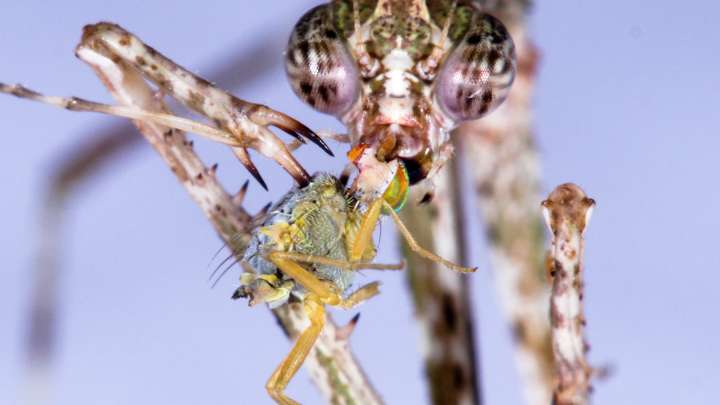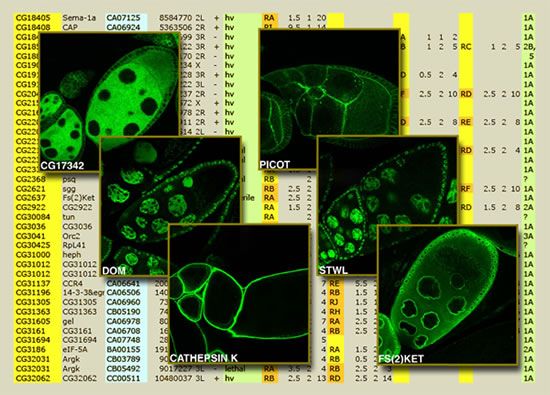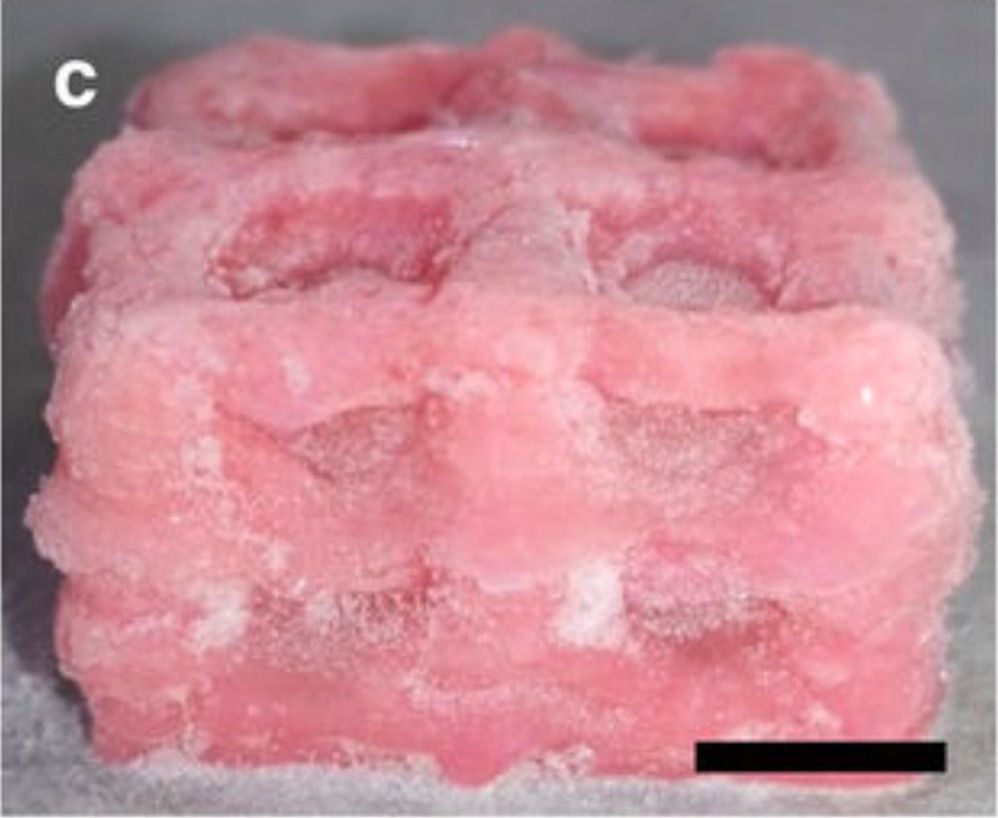Praying mantises are well known for being skilled, formidable, and successful hunters. Now a new species discovered in Peru has added another intriguing weapon to their arsenal – impaling their prey on specially adapted barbs on their legs. According to researchers, this is a novel hunting strategy not seen before in mantids, or in fact any insect, and they hadn’t even been looking for it.
Dr Julio Rivera, an entomologist at Universidad San Ignacio de Loyola in Lima, first came across a male specimen of the mantis in 2000 when a colleague captured it in the Tingo María tropical rainforest region of Peru, and brought it to the lab. In the following years, more specimens turned up and were added to the collection at the University, and not long after Rivera returned to Peru in 2017, a local student donated three living juveniles – enough for Rivera to attempt a proper taxonomic description.
Physical features suggested the mantis was likely a new species, so the goal of rearing juveniles was to get them to maturity to study their genitals. “[E]ach species has a distinct genital shape, which helps to define the species,” Dr Rivera told IFLScience.







